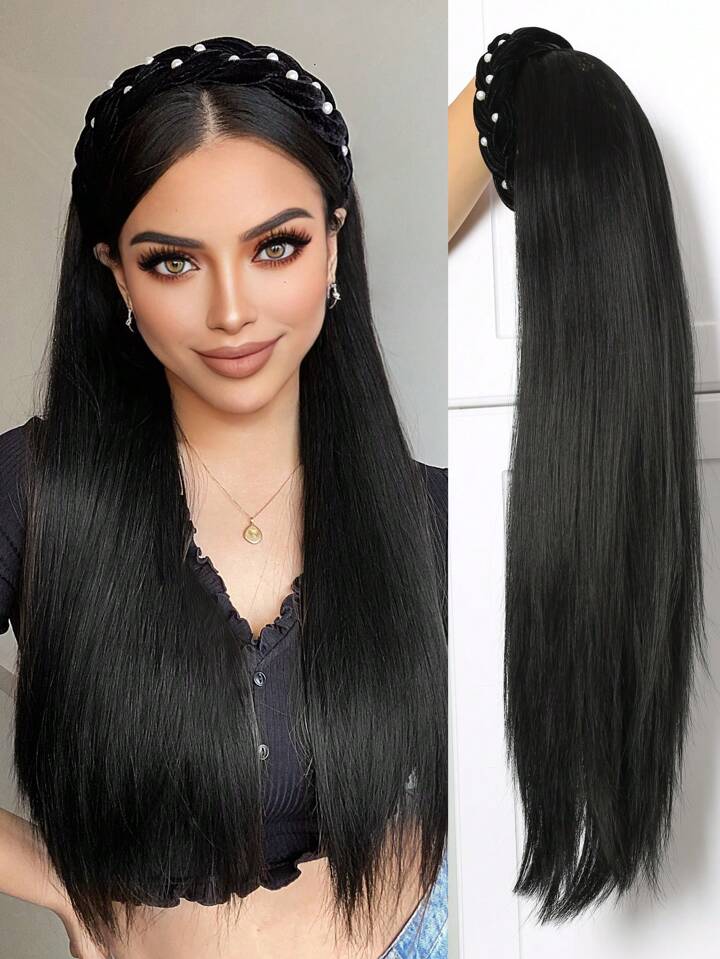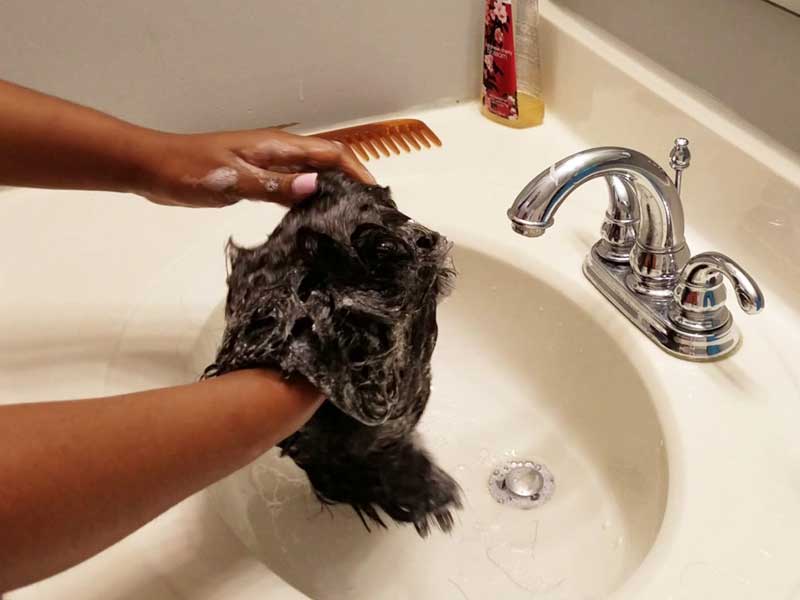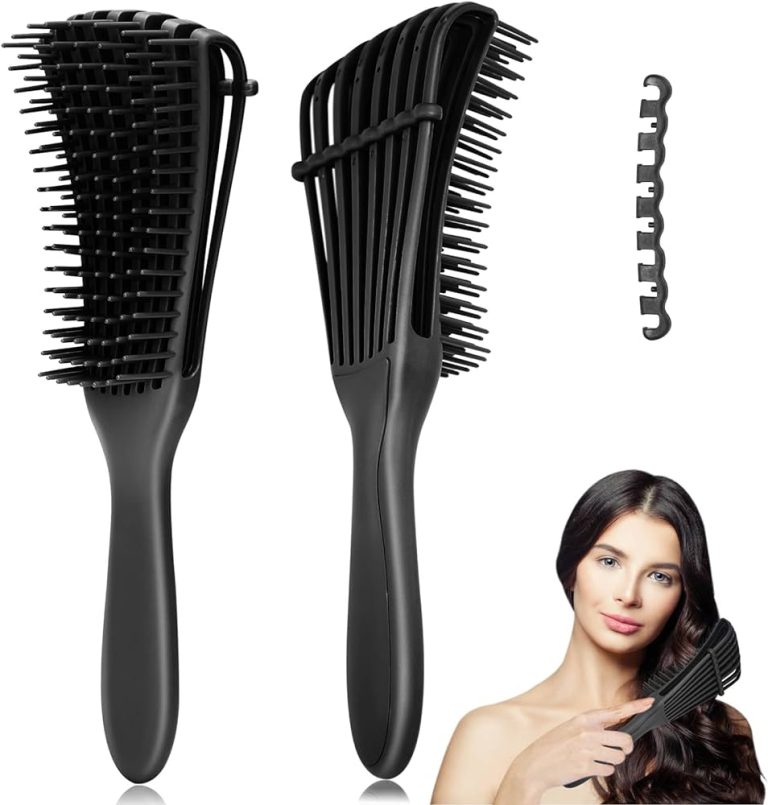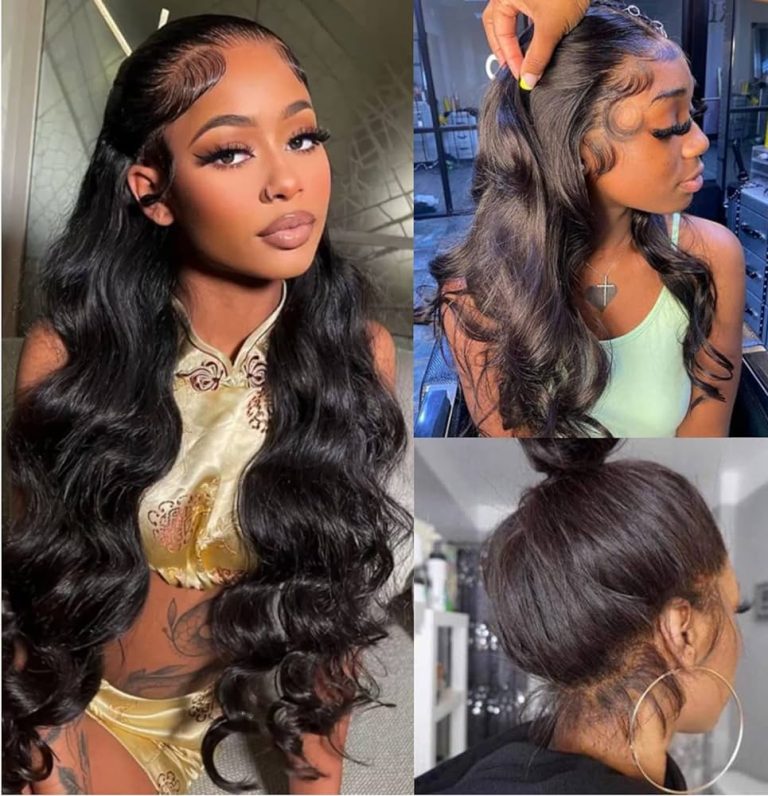
How to Wash a Wig
How to Wash a Wig the Right Way
Wigs are an incredible way to switch up your look without damaging your natural hair. But just like regular hair, wigs need regular washing to stay gorgeous and extend their lifespan. How to wash a wig?Don’t just toss your hairpiece in the sink with any old shampoo! Follow these simple steps for cleaning wigs the proper way.
When to Wash Your Wig
As a general rule, you should wash most wigs every 6-8 wears or every 2-3 weeks. However, this can vary based on:
Wig Type: Synthetic wigs require more frequent cleaning as they attract oil, dirt, and odors faster than human hair wigs.
Your Activity Level: If you’re regularly exercising or perspiring heavily while wearing your wig, wash it weekly to prevent odors.
Hair Products Used: Heavy styling products like hairspray, gels, and dry shampoo can leave wigs dull and stiff. Shampoo more often when using these regularly.
Preparing to Wash
Before jumping into the washing process, gather your wig washing supplies:
• Wig-Specific Shampoo and Conditioner: Avoid regular hair products that can dry out and damage wigs. Choose sulfate-free, hydrating formulas.
• Wig Brush: Use a loop brush, paddle brush, or wide-tooth comb to gently detangle before and after washing. Never brush wigs when soaking wet.
• Washbasin or Sink: Use something large enough to fully submerge the wig while you clean.
• Clean Towels: Use one to absorb excess water after rinsing, the other to lay the wig on and air dry.
You’ll also need to prep the wig itself. First, gently brush through the dry hair to remove any shed strands, tangles, or product buildup. Consider securing longer wigs in a loose ponytail or braid to keep hair detangled as you wash.
Washing the Wig Base
How to wash a wig?Before you shampoo the actual hair fibers, address the base and cap area first where oils and perspiration accumulate most.
Fill your sink or basin with cool water and add a small amount of wig shampoo. Most experts recommend focusing on scrubbing just the cap and allowing soapy water to rinse down through the hair.
Use a soft toothbrush or wig brush to gently scrub the inside cap area with soapy water. Avoid aggressively scrubbing or twisting the base which can damage knots and cause shedding.
Once the base feels clean, drain the dirty sink water. For lace front or 360 lace wigs, fill the sink again with clean cool water and gently swish the lace area to rinse away any remaining soap before shampooing the hair.
Shampooing the Hair Fibers
Now it’s time to address the actual hair fibers of your wig. Use a second round of cool water mixed with a few drops of wig-safe shampoo.
Gently swish the wig hair around in the water, using your fingers to work the shampoo through from roots to ends. Avoid aggressively scrubbing or twisting the hair which can cause shedding, frizz, and tangling.
Once the shampoo is fully distributed, let the wig soak for 2-3 minutes to allow the shampoo to effectively break down oils and product residue. Swish periodically to keep the wig fully submerged.
Take extra care when shampooing delicate lace fronts and 360 lace wigs. Use an ultra-gentle shampoo and work lightly around the hairline to avoid dislodging or damaging the fragile lace material.

Rinse Thoroughly
Never leave any shampoo or soap residue behind! This causes wigs to become dull, stiff, and dry over time.
For a thorough rinse, drain the sink and refill it with fresh cool water. Submerge the wig fully, swishing it around and gently squeezing the hair to flush out all remaining shampoo.
You may need to repeat rinsing a few times until the water runs clear with no more soapy bubbles visible. Be patient – getting out every last bit of shampoo residue is crucial.
Conditioning Your Wig
Just like real hair, wigs need conditioning to remain soft, moisturized, and tangle-free. But use only wig-specific conditioners or deep conditioning masques. Regular hair conditioners are far too heavy and will cause wigs to quickly become limp and greasy.
After rinsing out all shampoo, lightly towel blot your wig to remove excess water. Then take a dollop of wig conditioner and disperse it evenly from roots to ends using your fingers.
Let the conditioner soak in for 3-5 minutes before rinsing thoroughly with cool water. Wigs require less conditioning time than real hair, so don’t leave ultra-hydrating masques on too long. You’ll end up with an overly heavy, greasy mess!
For extra moisture and shine, consider applying a small amount of argan oil or wig revitalizer after rinsing out the conditioner. Make sure to avoid your wig’s base or cap area to prevent oils from transferring to your scalp when worn.

Drying Your Wig
With washing complete, it’s time to properly dry your freshly cleaned wig. Never wring, twist, or roughly squeeze wigs after shampooing – this causes excessive shedding, frizz, and stretching.
Instead, gently press out excess water with a clean towel. Blot rather than rub to avoid disturbing the wig’s curl pattern or straight styling. You can also lightly wrap the wig in the towel and squeeze to absorb moisture.
Next, untangle any knots or snarls using a wide-tooth comb or wig brush, beginning near the ends and working upwards. Brushing when sopping wet almost guarantees shedding and damage.
Once the majority of moisture is removed, lay the wig flat on a clean, dry towel or wig head to finish air drying completely. Synthetic wigs dry faster than human hair ones – many are fully dry within 2-4 hours at room temperature.
Remember to re-brush the hair once it’s about 75% dry to re-establish your desired part, wave pattern, or styling. This avoids that crushed, flattened look.
Styling Your Clean Wig
With your wig fresh and clean, you might as well complete the pampering with a quick re-style! Once fully dry, spritz in a thermal protectant or wig revitalizer to add lightweight hold and shine.
Lightly mist with water from a spray bottle to reactivate the wig’s natural wave or curl pattern if needed. Use a wide-tooth comb or loop brush to gently redefine curls, ensuring they aren’t kinked or frizzy post-wash.
For straight wigs, you may need to briefly run a flat or straightening iron over the hair using a low heat and thermal protectant. This smoothes out any kinks or cowlicks from the wash and drying process.
Finish your freshly cleaned and restyled wig with a light hairspray or sheen spray to lock in the look. Then you’re all set to wear your gorgeous, revitalized wig confidently once more!

Washing DOs and DON’Ts
To ensure your wig looks its best for years to come, keep these simple dos and don’ts in mind:
DO use a wig-specific shampoo and conditioner made for synthetic or human hair fibers.
DON’T use regular hair products, as they’ll dry out and damage wigs.
DO wash wigs in a cool or lukewarm temperature. Hot water causes excessive shedding and frizz.
DON’T twist, wring, or rub wigs aggressively when wet.
DO allow wigs to air dry fully before storing or wearing them again.
DON’T use direct heat from a blow dryer. It damages synthetic and human hair alike.
Follow this expert advice for wig washing, and your hairpieces will stay fresh, vibrant, and tangle-free for years to come! Proper washing truly extends the lifespan of wigs while maintaining that gorgeous, just-styled look every single wear.



